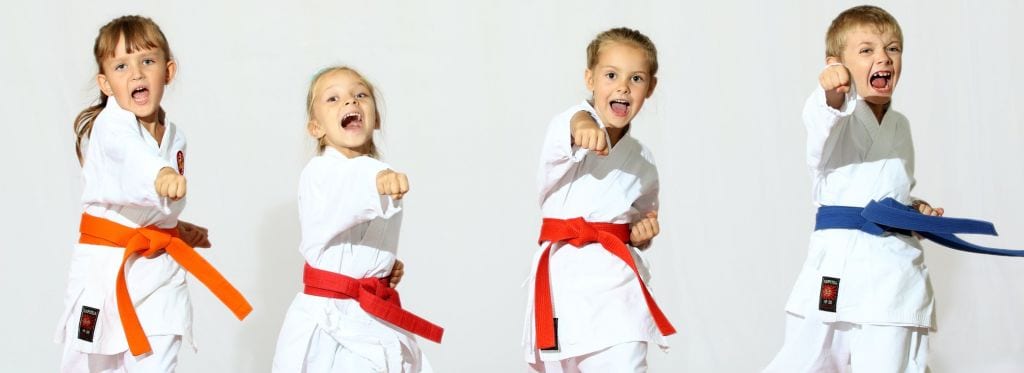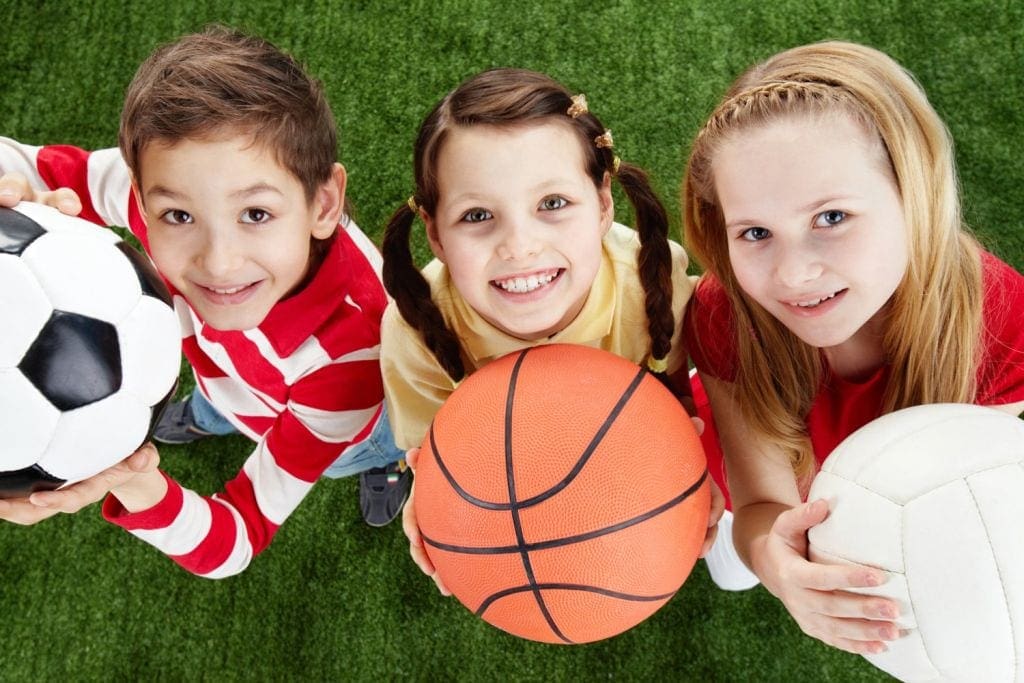Tops Tips for Safe & Active Play for Kids
There has been growing concern about the decreased activity level in our children and teenagers for some time now. This decreased activity is contributing to the rising trend in our younger children and adolescents becoming overweight and obese. Exercise is essential for growth, health and general well being and while there potential for injury in any activity or sport, the benefits far out weigh the risks.
Some of the Benefits of Safe & Active Play for children include:
-
Improved cardiovascular fitness
-
Development of stronger bones and muscles
-
Improved posture
-
Maintain and develop flexibility
-
Improved balance, co-ordination and skill development
-
Achieving and maintaining a healthy weight
-
Improved concentration and assist with relaxation
-
Boosting self-esteem, confidence and enhance social skills
Unfortunately due to the popularity of increased screen time, research has shown that activity levels in Australian children are decreasing.
There are now National Physical Activity and Sedentary Behaviour Guidelines that recommend:
-
Children younger than 2 years should have no screen time and should not be kept sedentary or inactive for more than an hour at a time, except when sleeping.
-
From 2- 5 years of age, children should spend less than 1 hour per day on screen time. They should be physically active for at least 3 hours every day spread throughout the day.
Young people from 5 – 17 should limit screen time for entertainment to no more than 2 hours per day. They should accumulate at least 60 minutes of moderate to vigorous intensity of physical activity every day. (Source: www.health.gov.au/paguidelines)

Some ideas of age appropriate activities include:
-
Children younger than 2 years should have the opportunity to experience active play based activities in a variety of environments such as on the floor, outside on the grass or in the sandpit. Age appropriate play equipment includes a baby swing, a cubby made simply by some sheets over the chairs they crawl into, climbing over some pillows or an adult; learn to swim classes, playing in a toddler pool or riding a toddler trike.
-
From 2-5 years of age children primarily need the opportunity to have “free play” time in the backyard or park. Adults need to provide a safe environment and a variety of age appropriate objects or equipment to stimulate creativity e.g. sandpit play, a cubby house, balls of different sizes to kick and catch, a rope and some hoops, bikes and scooters. More formal activities can be considered such as attending swimming lessons, playgroup, kinder gym and tiny tots soccer. These need only comprise a part of the young child’s overall activity.
-
From 5 – 17 years children should be given the opportunity to experience a wide variety of sports and activities. Primary school aged children in particular should try different sports and not feel pressured to specialize in one sport too early. Opportunities for “free play” are still vital.
Evidence indicates that children are more likely to continue with a physically active lifestyle if their parents are also physically active so doing things together is important. Good role modelling has never been so important!
Causes of Sports Injuries
Participation in any activity or sport carries the potential for injury. It is also important to remember that children and adolescents are not little adults when it comes to injuries and they are more at risk for a variety of reasons:
-
Children mature at different rates with different heights and weights seen at the same age. This becomes particularly relevant in contact sports.
-
They are more vulnerable to shearing forces at the growth plates and tendon attachment sites on the bones which are weaker and more susceptible to injuries.
-
During rapid growth spurts, bone lengthens before muscle and tendons, so periods of decreased flexibility makes them more prone to injury.
-
Growth spurts also temporarily reduces co-ordination and balance affecting efficient movement patterns.
Preventing Sports Injuries

Parents, teachers and coaches can help protect children from injuries by following some simple guidelines:
-
Use proper equipment and safety gear that is the correct size and fits the individual well.
-
Choose appropriate playing surfaces and ensuring they are maintained well.
-
Ensure they understand how to play the game and have adequate training sessions before games. Supervision should be provided by properly qualified adults.
-
Training should be tailored to the child’s physical maturation, skill level and presentation of physical limitations including injury.
-
Ensure adequate warm-up and correct technique to minimize acute injuries and be aware that increasing the frequency, intensity or duration of training increases the likelihood of chronic injuries such as overuse injuries.
-
Resistance training to increase muscle strength, power and endurance can be beneficial to pre- adolescent and adolescents but must be well planned and supervised for proper technique and focus given to a variety of muscle groups to prevent muscle imbalances and injuries. Weight lifting by children should be avoided due to the high risk of injury.
Treating Sports Injuries in Children
If injury does occur or a child develops pain during or after exercise it is important the injury is correctly managed to ensure the child can return to their sport quickly and minimize chronic issues. A physiotherapist with a special interest in paediatrics has the expertise to correctly assess, diagnose, and treat an injury in the younger athlete. They can also teach techniques to minimize the potential for injuries in addition to giving advice on injury prevention. They understand the effect of exercise and injury on a growing body and can guide children into the most suitable sport or exercise for various body types.
By Elizabeth Vetter (BPhty) Director and Julie Uhlmann (BPhty) Senior Physiotherapist
This article was published in Issue 10 of our print magazine, June/July 2015.

